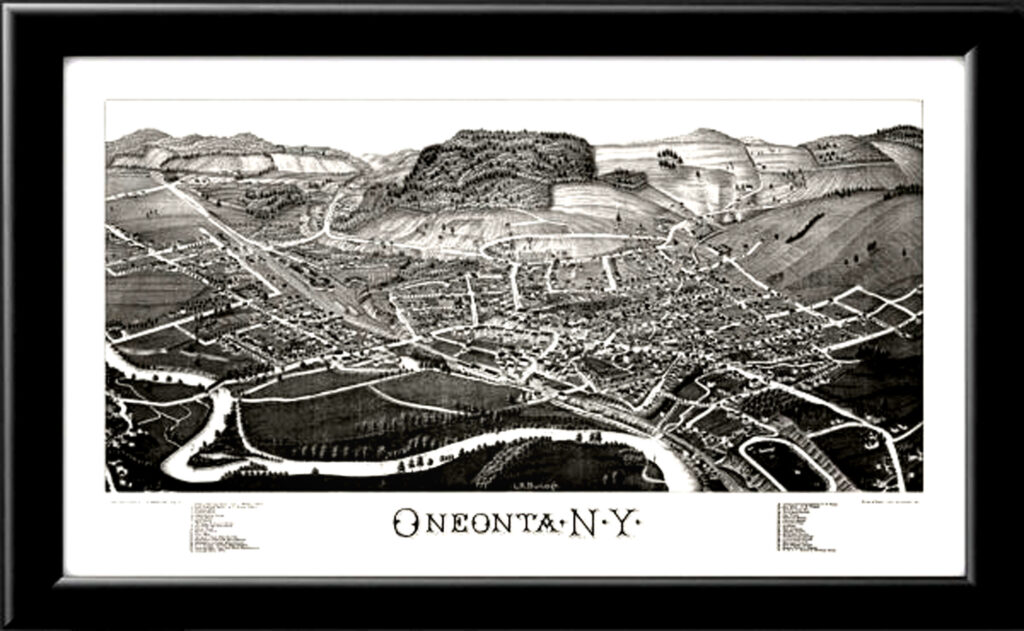EDITORIAL
Water Plant Done, Is One
Greater Oneonta Inevitable?

Bob Wood was dealt a winning hand when elected Oneonta town supervisor in 2008, and he played the hand well.
He announced his retirement last Friday, March 5 – 299 days to go until Dec. 31, he said – and expressed satisfaction that $12 million in projects – $3-plus million for a new town highway garage and $8-plus million for the long-awaited Southside water project – will be completed by the time he leaves office.
Of course, there are many other successes since 2008 that Bob Wood can point to – the expansion of the Browne Street (Ioxus, Northern Eagle Beverage) and Pony Farm commerce parks, the growth of All Star Village, Brooks BBQ’s bottling plant to be expanded and relocated in an East End shopping plaza.
But keeping the tax rate low – $10 per thousand for town, school, county and other property levies, as compared to $20 in the city – may be his foremost accomplishment. And that, arguably, led to everything else.
You have reached your limit of 3 free articles
To Continue Reading
Our hard-copy and online publications cover the news of Otsego County by putting the community back into the newspaper. We are funded entirely by advertising and subscriptions. With your support, we continue to offer local, independent reporting that is not influenced by commercial or political ties.

